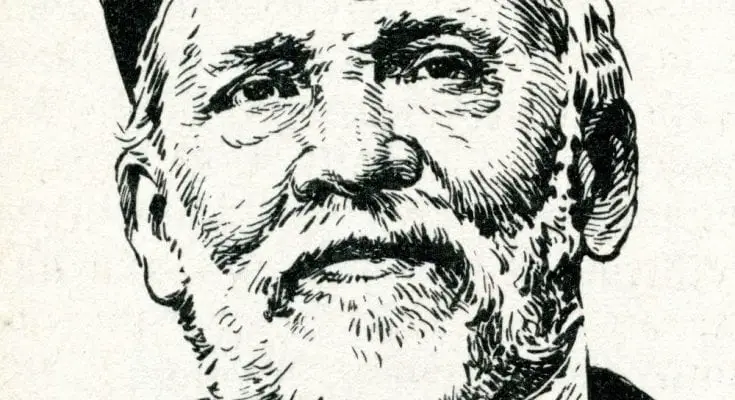The heart of the scientific process is contriving and formulating theories to answer a single unended question: Why? In the wide world of medicine, a revolutionary theory known as germ theory provides a fundamental framework for understanding why illnesses exist—and how human beings can potentially cure them. Let’s more closely examine a brief history of germ theory to gain a clearer picture.
The Beginning: Bacteriology
What may seem like common sense now was once a hazy cloud of mystery. Once upon a time, we were unaware that minuscule, invisible microorganisms caused various illnesses. Before the initial discovery of germs, people once believed that evil spirits and foul odors were the roots of these deadly illnesses—the causes making individuals severely ill. This all changed due to a course of scientific experiments and breakthroughs.
The history of germ theory traces back to the 19th century and to a French chemist known as Louis Pasteur. Pasteur notably worked within the field of microbiology. Due to improvements in microscope technology, he could examine and study the previously unseen world of disease-causing microorganisms. Pasteur completely changed the course of health care and treatment for the human race moving forward—he was the first person to note the link between the world’s tiniest particles and their effects on humanity.
Medical and Public Health Improvements
Next up in this brief history of germ theory, we’ll take a look at the improvements that arose from this scientific revelation. Due to Pasteur’s findings, several critical principles came into existence, such as pasteurization, vaccination, and infection prevention and control methods.
After Pasteur, British surgeon Joseph Lister introduced the idea of antiseptics. His work led to greater sterilization enhancements and techniques—alongside fewer infections and deaths. These practical and life-saving applications are all thanks to the discovery of germs.
Prevention Today: Contamination Control
Understanding the origins of germs helps us understand how we as individuals can do better to prevent the transmission of microorganisms. Present-day infection and contamination prevention techniques, such as simple hygiene and sanitation, are essential for survival, health, and development. More complex applications—such as controlled sterile environments known as clean rooms—are used within a wide array of fields for research and manufacturing. The most recent innovations in clean room technology are creating life-saving advances and pharmaceutical products to revolutionize both public health and human life. The industry is still evolving, but it’s interesting to consider how these modern solutions became a reality solely because of a groundbreaking theory.



